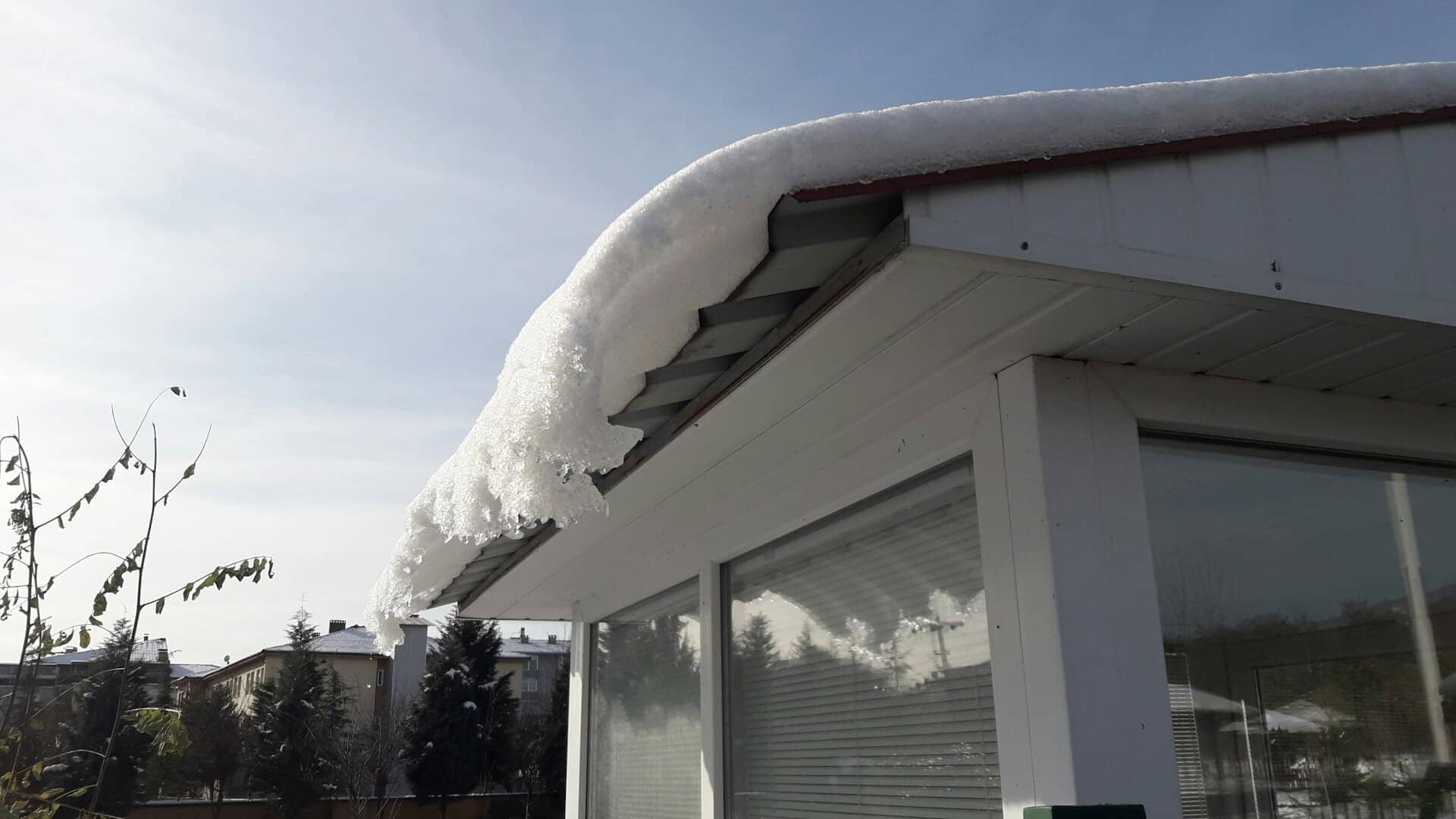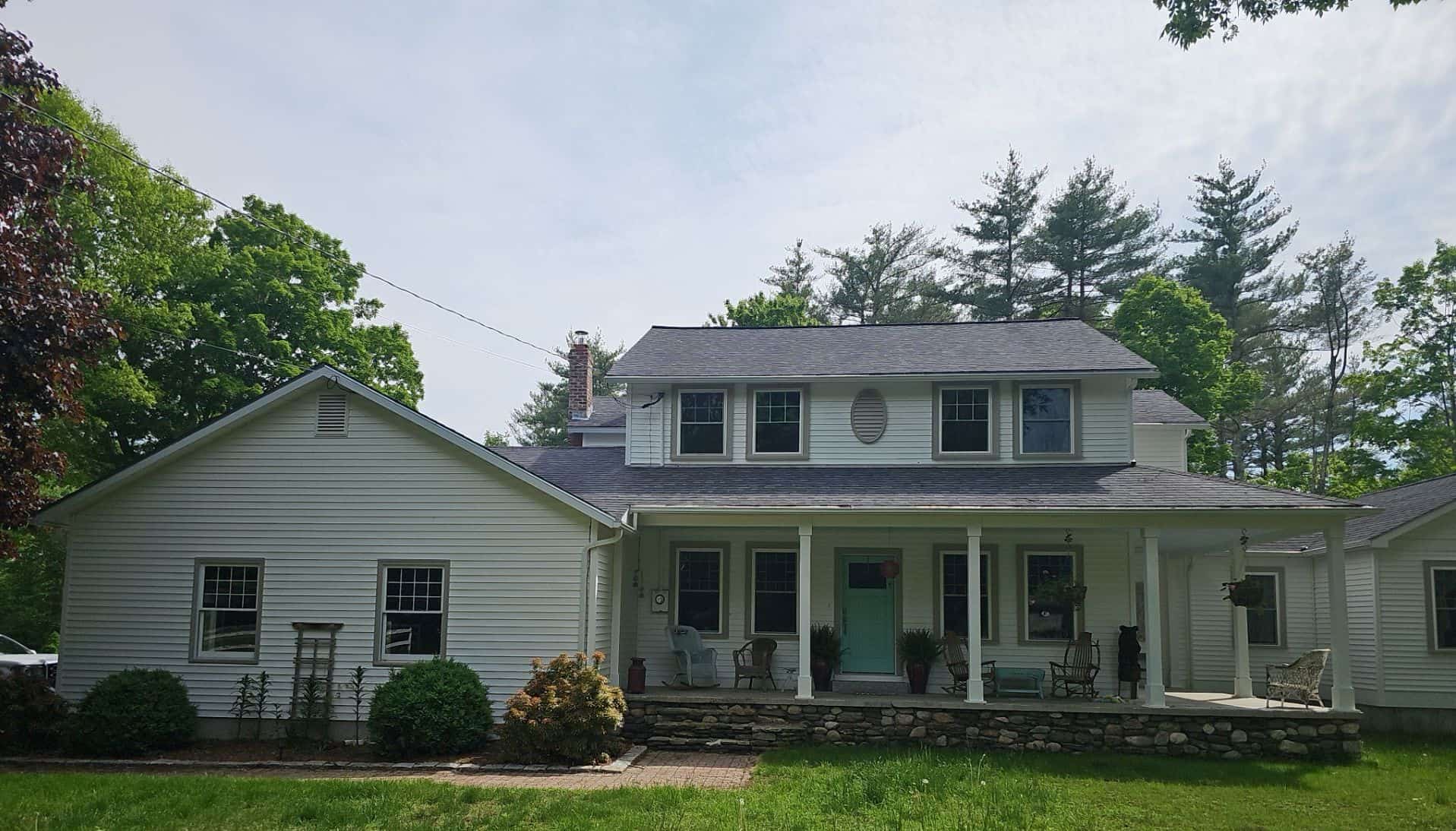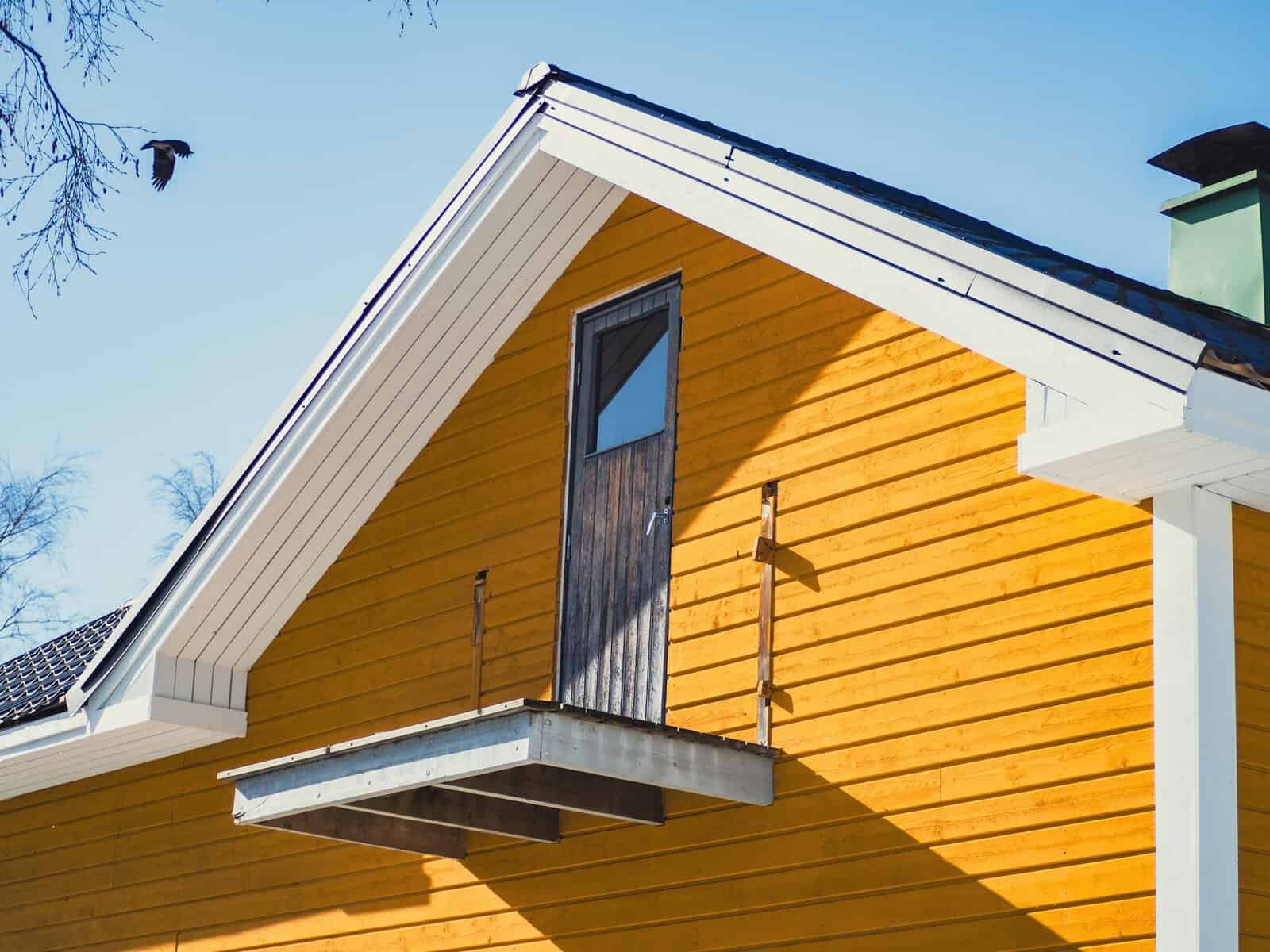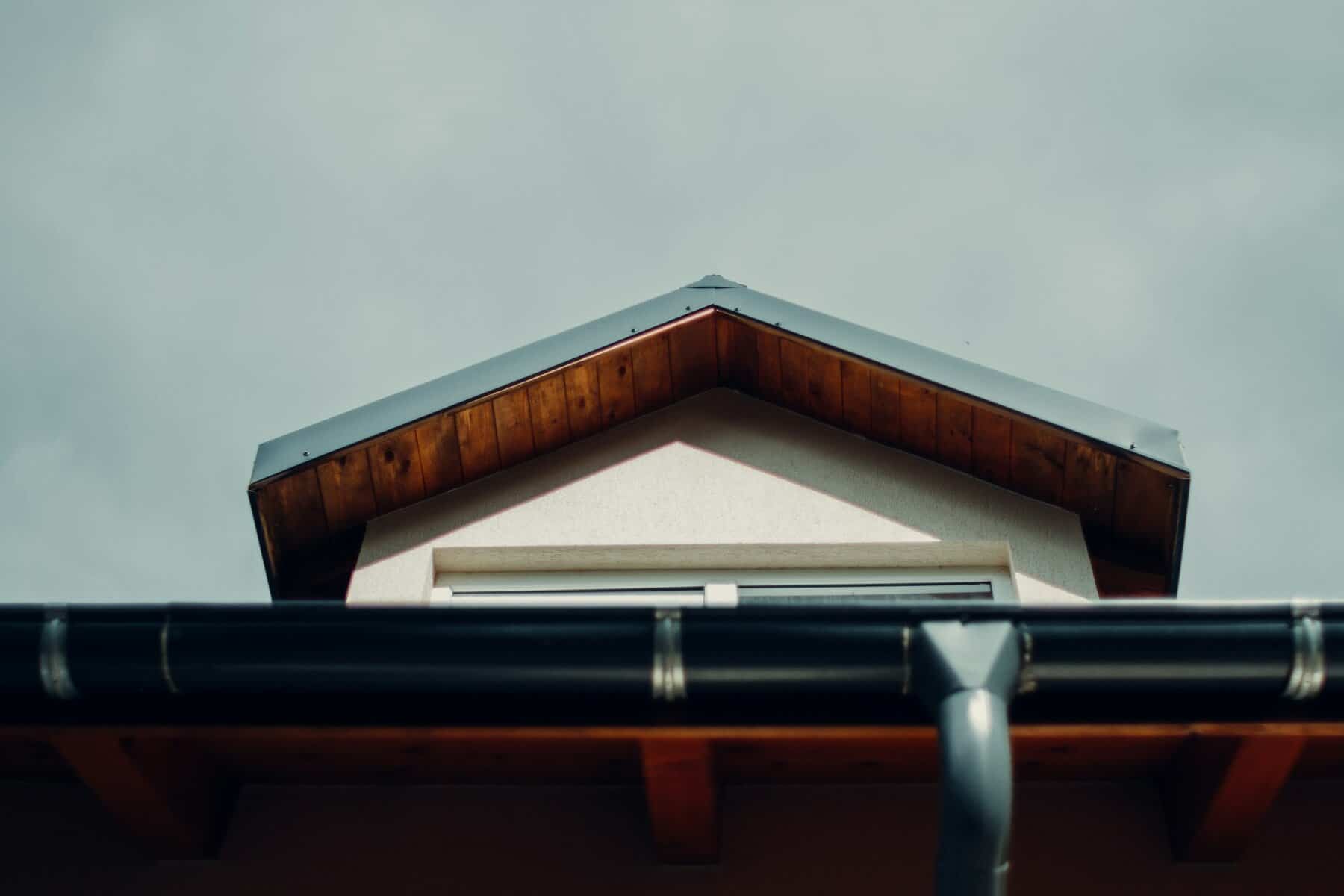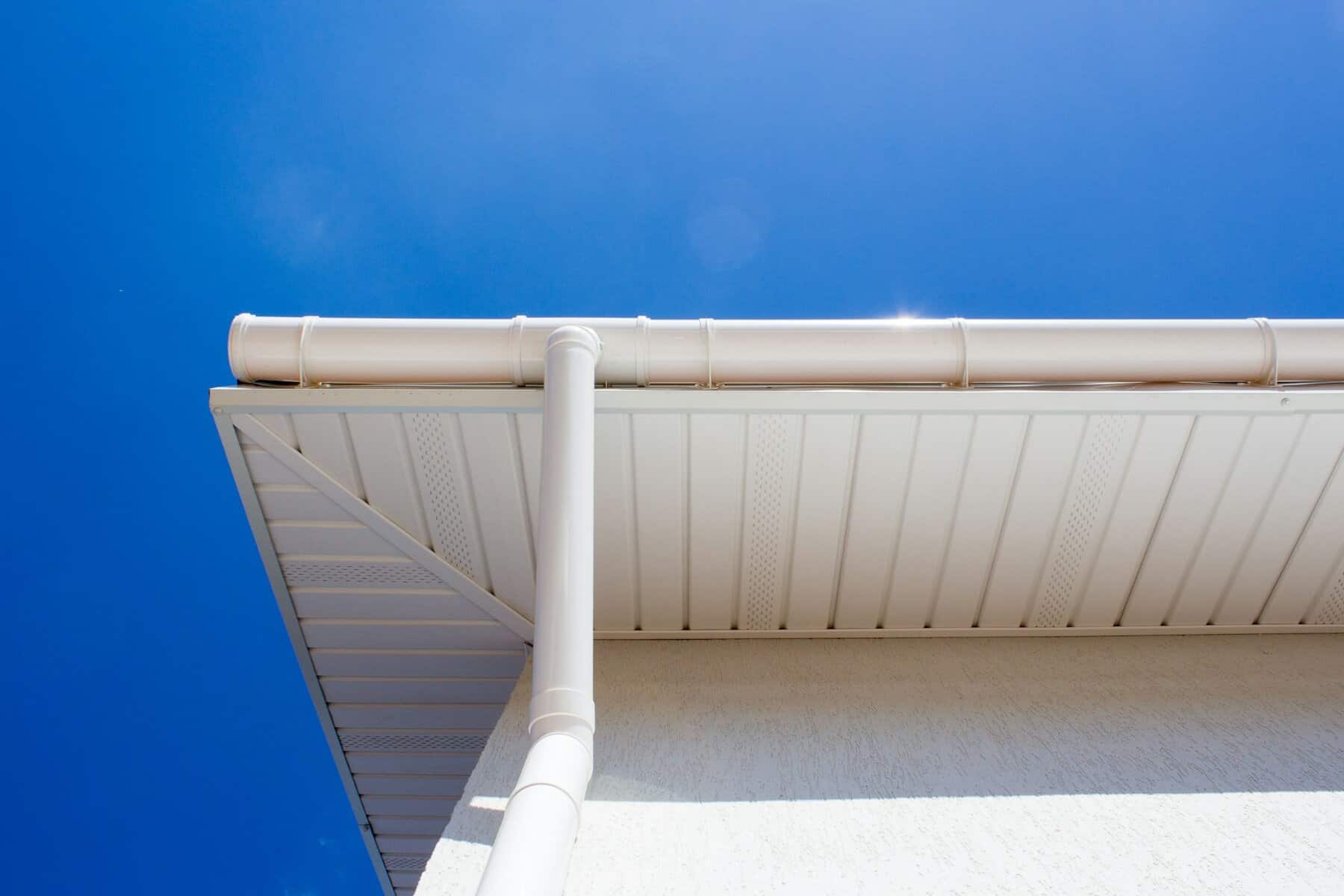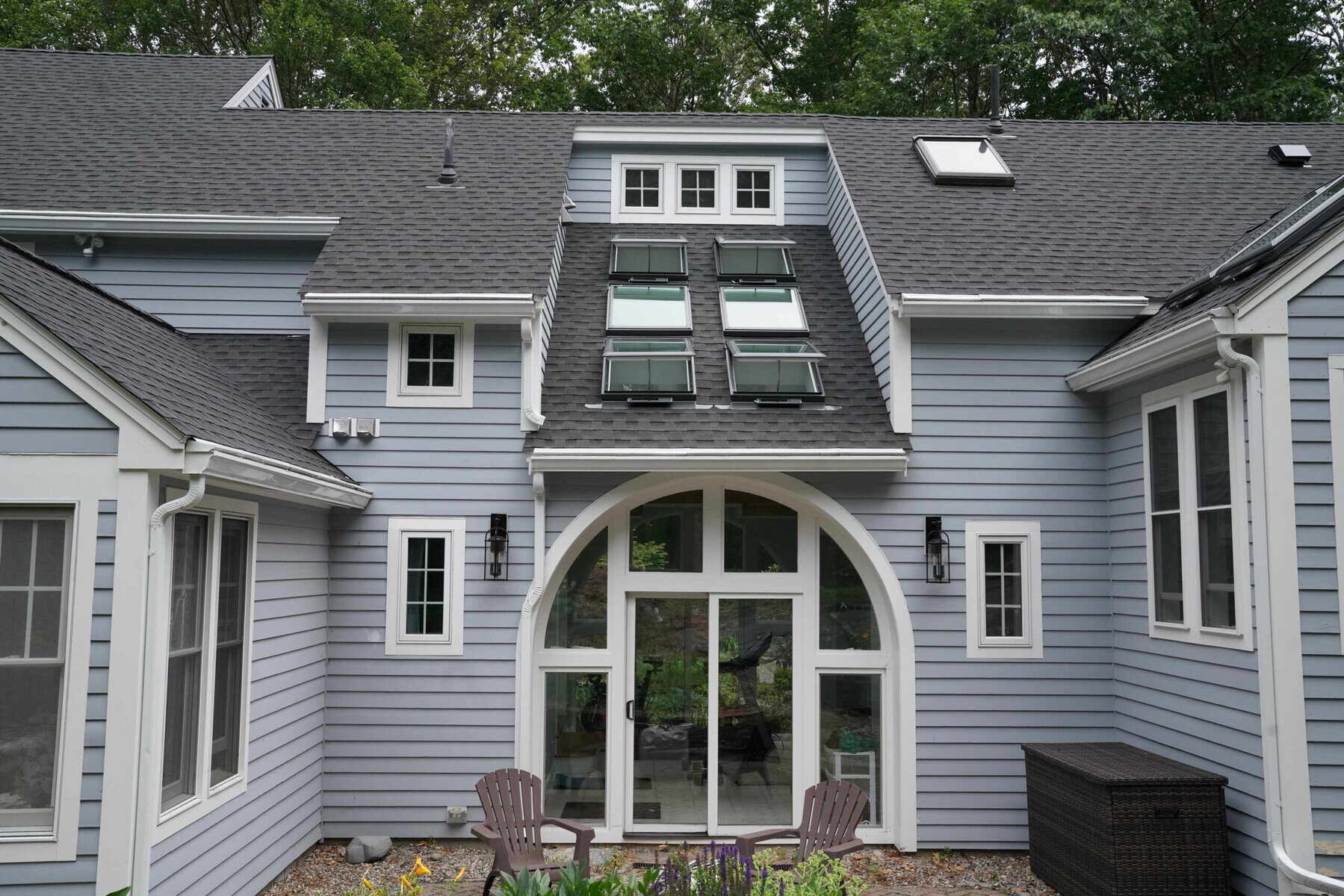Winter in Portsmouth can be intense. When the snow starts to pile up, the focus usually shifts to roads, sidewalks, and driveways. But the weight resting quietly on your roof shouldn’t be overlooked. Snow accumulation might seem harmless on the surface, but it can actually cause serious problems if not kept in check. What starts off as a harmless winter blanket can quickly turn into a mounting risk to your home.
Any home in New Hampshire, especially one in a coastal town like Portsmouth, needs to be ready to bear the brunt of long, snowy winters. One of the biggest threats during this time is snow load, a term that refers to the weight of snow and ice sitting on your roof. It’s not just about how much falls, but how long it stays and how it’s distributed. Keeping that under control is key to protecting the structure of your house and your peace of mind.
Understanding Snow Load And Its Impact On Roofing In Portsmouth
Snow load happens when snow and ice build up on your roof to the point where the structure starts feeling the strain. Flat or low-pitched roofs tend to struggle more because there’s less slope to move snow off naturally. Add in freezing temperatures that keep snow from melting, and the weight just keeps building. This can lead to sagging roofs, damaged shingles, leaks, or even worst-case scenarios like structural failure.
Portsmouth sees coastal storms that often bring heavy, wet snow. This type of snow weighs more than the light, fluffy kind folks might see inland. When storms hit back to back, snow doesn’t always have time to melt between events. And as more weight presses down, your roof has to do all the work. If a roof isn’t built or maintained to handle that kind of pressure, it can start to show signs of stress quickly.
Some homes, especially older ones, may not have been built with heavy snowfall in mind. Even newer homes can run into issues if insulation, ventilation, or drainage systems aren’t working correctly. So while snow falling from the sky may not seem like a big deal in the moment, what accumulates overhead matters more than you might think.
Signs Your Roof May Be Under Too Much Snow Load
Being alert to trouble signs early can help limit long-term damage. Here’s what homeowners in Portsmouth should keep an eye out for:
– Interior cracks or door misalignment: Doors or windows suddenly sticking could suggest that shifting weight is pressing on the structure.
– Ceiling leaks or stains: Melting snow that backs up under shingles can sneak into the attic or walls, showing up as stains or drips.
– Roof sagging: Any unusual dip along the slope or roofline should be looked at right away. Roofs should be stable and even.
– Creaking or popping sounds: These noises might mean the structure is under stress, especially during freeze-thaw cycles.
– Ice dams forming at the edges: Ice collecting along the eaves can signal poor ventilation or insulation, which adds weight and risk.
If any of these signs show up during the winter, it’s smart to get a professional opinion. Letting things go unchecked can lead to larger problems down the road, often with a bigger price tag.
Steps To Prevent Snow Load Problems
Staying ahead of snow load issues calls for a mix of planning and good timing. Once the snow and ice have settled in, things can get trickier. But a few preventive steps early on can help avoid major damage later.
1. Regular Roof Inspections
Before snow season really hits, getting a roof inspection can catch trouble spots like missing shingles or clogged vents. A professional will spot areas where snow might build up or slip inside. It helps to keep inspections going throughout the winter, especially after heavy snowfall or nor’easters.
2. Improve Insulation and Ventilation
Attic insulation keeps heated air from traveling up through the roof. That helps the roof stay cold, which slows down snow melt. If the roof warms unevenly, snow can melt and refreeze at the edges, creating ice dams. Ventilation also plays a key role by moving cold air through the attic and evening out roof temperatures.
3. Safe Snow Removal
If snow starts piling more than several inches, it might be time to clear it off. But doing it wrong can damage the roof or worse, lead to an injury. Avoid standing up on the roof yourself. Using sharp or heavy tools from the ground can tear up shingles. Roof rakes with long handles are safer when used with caution. Still, this job is best left to trained roofers who know how to remove snow without damage.
Sometimes people figure no leaks equals no problem. But snow load damage isn’t always visible right away. Managing conditions above your head could mean fewer repair costs and more peace of mind as winter rolls on.
Choosing The Right Roofing For Portsmouth
Not every roof fits the demands of snowy New Hampshire weather. In Portsmouth, homeowners benefit from roofing that handles moisture and weight with ease and lasts through long winters.
Steeply pitched roofs are better at shedding snow naturally. As snow builds up, gravity helps move it along so it doesn’t stay in one place too long. Roofing materials also matter. Look for products that hold up well against freeze-thaw cycles and don’t crack easily. Durable shingles designed to handle snow are one solid option.
Here are some elements that affect how well your roof manages snow load:
– Seam layout: Fewer seams reduce the chance of water getting under the surface when snow starts to melt and refreeze.
– Underlayment: A high-quality barrier under the roofing material can offer more protection, especially when ice dams start to form.
– Flashing: Check areas like the base of chimneys and along vents. Good flashing keeps melting snow from getting where it shouldn’t.
If your current roof has needed patch jobs year after year, or if it simply wasn’t built with snow in mind, a new roof may do more than just solve surface problems. Investing in a better system designed for winter weather can save time, stress, and money in the future.
How To Stay Ahead Of Winter Roof Trouble
Snowstorms aren’t something you can stop, but how your home handles them is something you can control. A roof that holds up to snow load gives you breathing room during Portsmouth’s longest season.
If you’re dealing with older roofing, moisture issues, or structural warnings like interior cracks or ceiling stains, now’s the time to act. Don’t wait for a leak or worse—to show your roof might not be doing its job. Steps like inspecting your roof, upgrading attic insulation, and dealing with snow the right way all go a long way this season.
Choosing the best roofing materials and making a few smart upgrades can make winter far less stressful. A strong roof isn’t just about what you see on top. It’s your home’s first shield against winter’s weight and wet. If your roof needs an update or you want a professional opinion, help is just a call away.
As winter approaches, ensuring your roof can handle the snow load in Portsmouth is crucial to safeguarding your home. Whether you need inspections, maintenance, or advice on the best roofing options, J. Carnes & Son Roofing is here to help. Our expertise in roofing in Portsmouth, NH means we understand local weather challenges and can provide tailored solutions to keep your home protected all season long. Don’t wait for problems to pile up—contact us today for peace of mind this winter.

